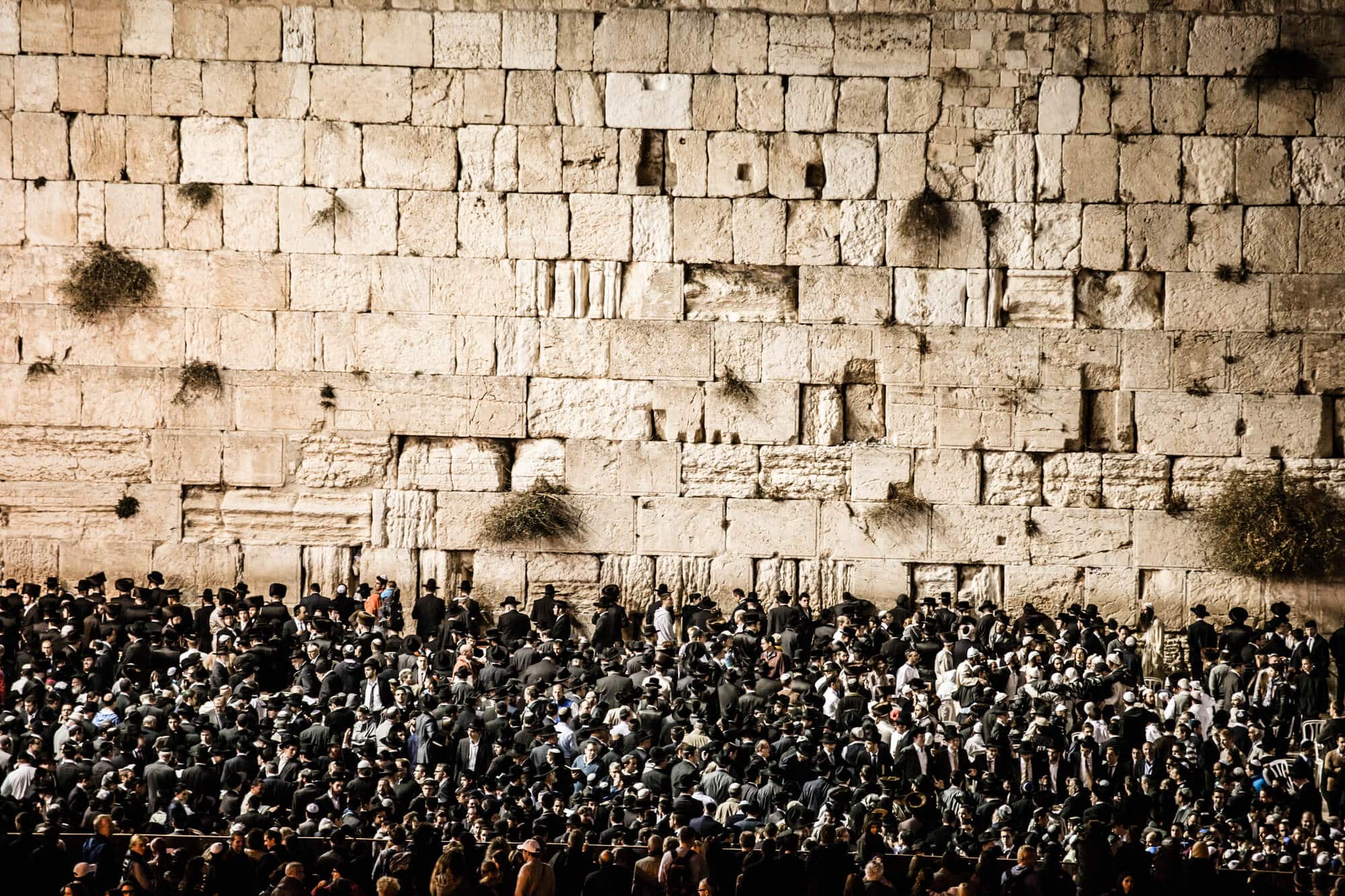
The Temple Mount, the Western Wall, the Church of the Holy Sepulcher: places that are of utmost importance to more than one religious group may cause bitter disputes and even acts of violence. The question of how such sites can be managed peacefully is therefore of great practical importance, and until recently no attempt was made to give it an orderly answer with academic tools. Prof. Nachshon Perez from the Department of Political Science at Bar Ilan University and his research partner, Dr. Yuval Jobani from the School of Education and the Department of Jewish Philosophy and Talmud at Tel Aviv University, created for the first time models based on case studies that describe different ways to govern controversial holy sites and manage them.
Perez and Jobni focused on sites of the type they called "crowded sites", that is, holy sites that the competitors for them attach the utmost importance to. When such sites are at the heart of a dispute, they pose a difficult challenge to the state authorities: due to the importance of the site, it is not possible to offer one of the parties another alternative - all involved are interested in a certain site. How can you deal with this situation?
The researchers sought to develop a reality-based (inductive) description of different ways of benevolent governance and management of "crowded" holy sites. They therefore chose such sites and examined in detail how they are managed: the property rights (ownership) of the site or on the site, access rights, usage rights and so on. Thus, for the first time, they defined five main models for the governance of "overcrowded" holy sites.
"Non-intervention" model: The state withdraws its hands from religious or substantive management of the holy site, does not finance salaries for clergy and is content with providing services such as security and cleaning. An example of this type of management is the "Devil's Tower" mountain in the state of Wyoming in the United States. The mountain with the unique shape, known to many thanks to Spielberg's film "Encounters of the Third Kind", is sacred to about 20 Native American tribes.
"divide and separate" model: The state divides the holy place and separates the competing groups. Some of the division is in space, that is, each group receives a part of the site, and some of the division is in time - the members of each group can pray in the place at certain times. Such a separation is of a very bureaucratic nature, and its management may cool even hotly disputed sites. An example of this type is a proposal, which was ultimately not accepted, to manage the Babri Masjid site in the city of Ayodhya, India, which is mired in a long and violent dispute between Hindus and Muslims. This type of division also operates in the Cave of the Patriarchs.

"preference" model: One of the competing groups gets priority or an advantage over the others in one of the parameters of the management of the place, such as rights of ownership, use or entry. The Western Wall is an example of this model: Orthodox Judaism has gained a privileged status in it, which is expressed in the appointment of only an Orthodox Wall Rabbi, in the separation of women from men and in the avoidance of dividing Torah scrolls with the help of the women. The "status quo" model: This model is based on "freezing" the existing situation at a certain point in time. The advantage of this model is stability and the end of the competitive conflict; Its disadvantage is the maintenance of a situation that is not necessarily fair. An example of this model is the Church of the Holy Sepulcher in Jerusalem, which is important to several different Christian groups. The status quo that has existed in the place since the Ottoman rule has been preserved with such care that even the ladder standing above the entrance to the building, which has no use today, is not allowed to be moved. The "closure" model": Prohibition of entering the website, whether selective (for one group or during a certain period) or absolute. This model is applied to the Temple Mount, which Jews are allowed to enter, but not pray there. Closure is a very harsh tool, which violates the religious freedom of believers and its use is problematic in a democratic country; Still, its use is sometimes justified when there is a great danger to public order.
Perez and Jobni's research - which won a research grant from the National Science Foundation - is therefore based on the study of cases in the field, and has yielded a sorting tool and analytical analysis that may benefit both statesmen and academics. Researchers can use it (and indeed have already begun to use it) to understand and analyze conflicts surrounding crowded holy sites around the world. Statesmen can use it in their attempt to resolve these conflicts: to consider different models of governance in holy places, to examine their advantages, disadvantages and suitability for the case before them, and to choose a solution that will realize as much as possible both the goal of religious freedom and the goal of peace and public order.

Life itself:
Prof. Nachshon Perez trains for pleasure in Taekwondo. "I enjoy learning a new skill, which is not related to my academic work." Dr. Yuval Jobani, for his part, is still trying to understand the meaning of life itself.
More of the topic in Hayadan:
- In the tunnels of the Western Wall, new layers are revealed to the depth of the Western Wall, as well as an ancient Roman theater
- Will rapid erosion of certain parts of the stones of the Western Wall lead to its collapse in the future?
- A study by Tel Aviv University on Sisi of the Western Wall was ranked among the top 100 articles in the number of downloads in 2019
- A 2000-year-old testimony to the days of the siege in Jerusalem; And more in the capital: an 1,800-year-old section of a Roman road was uncovered
- on seeds and stones
